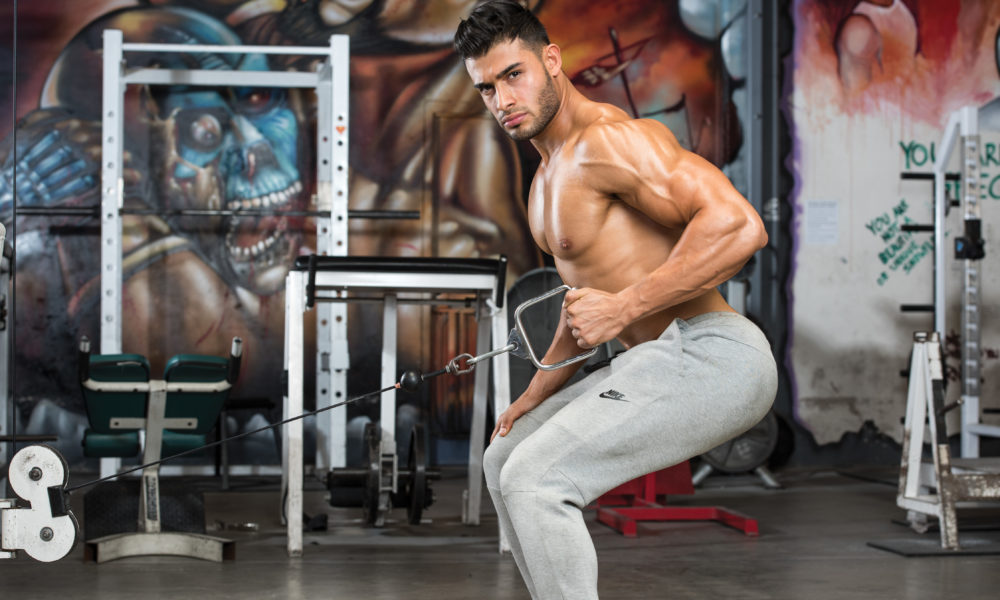

Revisiting the fundamentals in your back workouts will lead to greater muscular development.
By Vince Del Monte
In the bodybuilding world, when we talk about back training there is one principal muscle that receives the greatest attention for development: the lats (latissimus dorsi)—and for good reason; the lats are the largest and broadest muscle on the posterior trunk. Their wide attachment area gives it a fan shape, which offers differing fiber directions but also several joints that can ultimately provide options of training for various effects. Understanding this large muscle’s capabilities and potential force and movement will be crucial in exercise design and performance presented later in this article.
We all like to do “advanced” techniques, exercises, and programs to help obtain that next level of muscle development. However, as is oftentimes the case, revisiting the fundamentals will not only help you make key additions to your training but also, more importantly, correct some basic errors you may have been making for weeks, months, or even years. From anatomy, biomechanics, physiology, and the nervous system, training the back is not as easy as you may think.
Typically, the shortfalls in back training have nothing to do with changing exercises frequently or creative programming. They come from not executing the fundamentals with precision! Once you get a firm handle on the basics, the more effective every back exercise can become. The size and strength every bodybuilder is looking for is found within the details.
The following errors and associated corrections will assist you in making more strategic, and less arbitrary, exercise decisions.
Mistake 1: Ignoring Scapular Motion
Scapular motion during pulling exercises is typically only achieved through direct conscious effort, as opposed to the more naturally occurring scapulohumeral-rhythm found in pushing or overhead-pressing exercises. Scapular motion will be key in influencing the mechanics of the lats, most importantly, by creating a better length-tension relationship within the muscle fibers while simultaneously making a more efficient line of pull.
During such exercises as cable rows, barbell rows, machine rows, and even cable pullovers, the associated scapular motion should be retraction (toward the spine) during the concentric part of the exercise. Retraction involves recruiting muscles such as the trapezius muscles and rhomboids to enhance contraction of the humeral extensors.
As the plane of motion is altered, during exercises such as high rows and pulldowns for example, scapular motion is still advised to match the plane of motion. For example, during pulldowns while the arms are more vertically oriented, it is important that the scapular motion be altered to remain in direct opposition. In the case of the pulldown, the associated scapular motion would be downward rotation and depression.
Since retraction/depression of the scapula may seem unnatural for the novice athlete, it is advised that scapular motion be separated from the rest of the rep in the beginning. Squeezing the scapula in retraction or downward rotation/depression should occur first, then followed by the rest of the movement. In time, once the motion has been adequately learned and strengthened, both components of the exercise should be combined in one fluid motion.
Mistake 2: Poor Choice In Handles
Rowing exercises with handles too narrow for someone’s shoulder width will promote a resistance to glenohumeral internal rotation, while simultaneously decreasing available range of motion and resistance to glenohumeral extension and scapular retraction (the goal of the exercise). Although the lats do, in fact, internally rotate the humerus, they will not be able to shorten or produce tension to the same degree if brought back fully into extension. In fact, a narrow handle will also limit full participation of the trapezius, rhomboids, and posterior deltoids. Choosing a parallel grip handle that is at least the width of the shoulders, if available, or a longer bar attachment with a pronated hand position is almost always more suitable for overall back development.
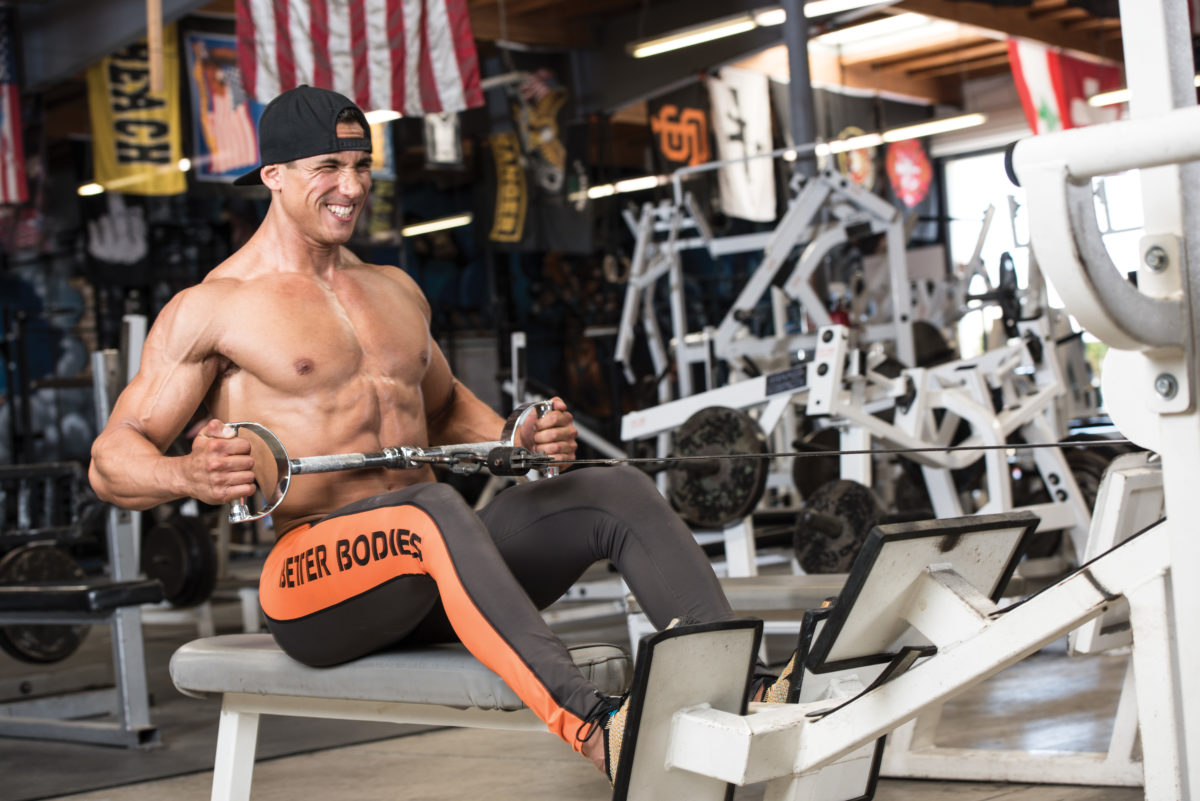
Mistake 3: Lack Of Trunk Stability
Postural stabilization, especially during back training and using heavier loads is a problem for most people. Because of the nature of traditional back exercises, the load is not only providing resistance to the lats at the glenohumeral joint, but also the entire trunk/spine and hips. Inadequate trunk development and poor hip strength/endurance will more often than not become a limiting factor in compound exercises, especially those in standing posture.
Progressing with exercises such as cable or machine rows (that offer chest padding) or lying prone on an incline bench may be better options for those lacking trunk stability than barbell rows or bent over T-bar rows where stability demands are higher. Care should be taken when using single-arm rowing (dumbbells or cables) or pulldown exercises so that additional spinal rotation isn’t incorporated during the movement.
Ultimately, if you do not possess the trunk stability necessary to do such highly praised exercises for “mass” such as the barbell row, consider re-evaluating your abdominal/ trunk program in your current exercise routine. Until you’ve achieved the prerequisite strength and stability for the hip/trunk region, you will likely benefit more from exercises that offer more restraint such as machines.
Mistake 4: Disregarding Machines
One of the biggest myths that still lives strongly in the gym is that “machines are bad and free weights are far better for mass building.” Not so fast.
Machines can offer some of the best alternatives to free-weight training for back than any other bodypart, maybe with the possible exception of leg training. The reason? More strategic resistance profiles.
The resistance profile is simply the measure of where the resistance is hard and where it is easy throughout a range of motion. Many cable and free-weight equivalents offer a very similar resistance profile. This is because the line of resistance in free-weight exercises is gravity, most free-weight exercise share the same relationship with gravity and the shoulder joint, creating nearly the same resistance profile for the back muscles.
Machines are a wonderful opportunity to strategically vary your exercises. Although not all machines are created equal, identifying which machines give you a strategic edge in your exercise selection strategy will be crucial. Try to distinguish between machines that offer less resistance at the extremes of the range of motion (shortened and lengthened) and those that feel like they mimic free weights or cables. Ultimately, machines for pulldowns, rows, and pullover variations are great tools to more thoroughly fatigue the muscles of your back than their free-weight counterparts.
Mistake 5: Improper Hand Positioning
When doing pulldowns using a fixed bar, the grip width that you use will most likely determine not only your arm’s path of motion, but also the effectiveness of the lat to develop tension throughout the range. Too often, the false belief that “a wider grip will make your lats wider” impairs technique and stimulation.
With hands too wide, range of motion is limited both at the elbow and the shoulder during both the shortened and lengthened end of the range of motion. With hands too narrow, much of the range of motion will be displaced by the elbows and nearly all the range of motion toward the shortened end will be limited at the shoulder. In both these scenarios, further effort to lower the bar will often lead to moving the arms out of the plane. Limiting resisted range of motion and falling out of the plane of motion of the exercise does not bode well for lat development.
Another common mistake with pulldowns and their variations is using an angle of resistance that is too high relative to the body. Because most people’s available active range of motion is below 180 degrees (directly above them), variations that are “behind the neck” or even those that are beyond someone’s active capabilities will not only create less than optimal fiber opposition of the lat, but also put excessive stress on joint structures. It is important to carefully monitor how much active shoulder flexion one has before choosing the pulldown angle. Simply adjusting the leg pad and using the hip extensors to lean back as much as necessary will create a more optimal angle for most people who cannot access 180 degrees of flexion.






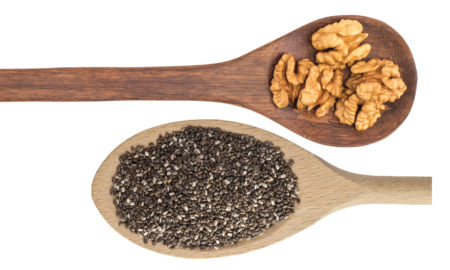






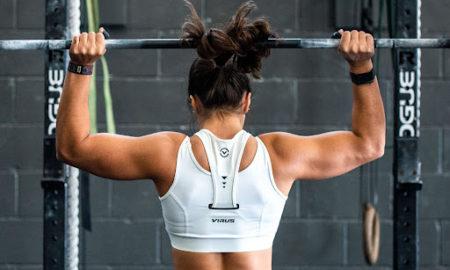

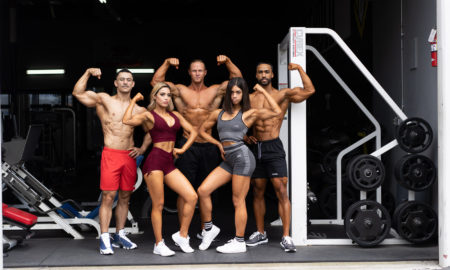
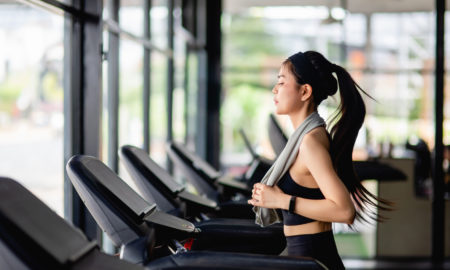

You must be logged in to post a comment Login